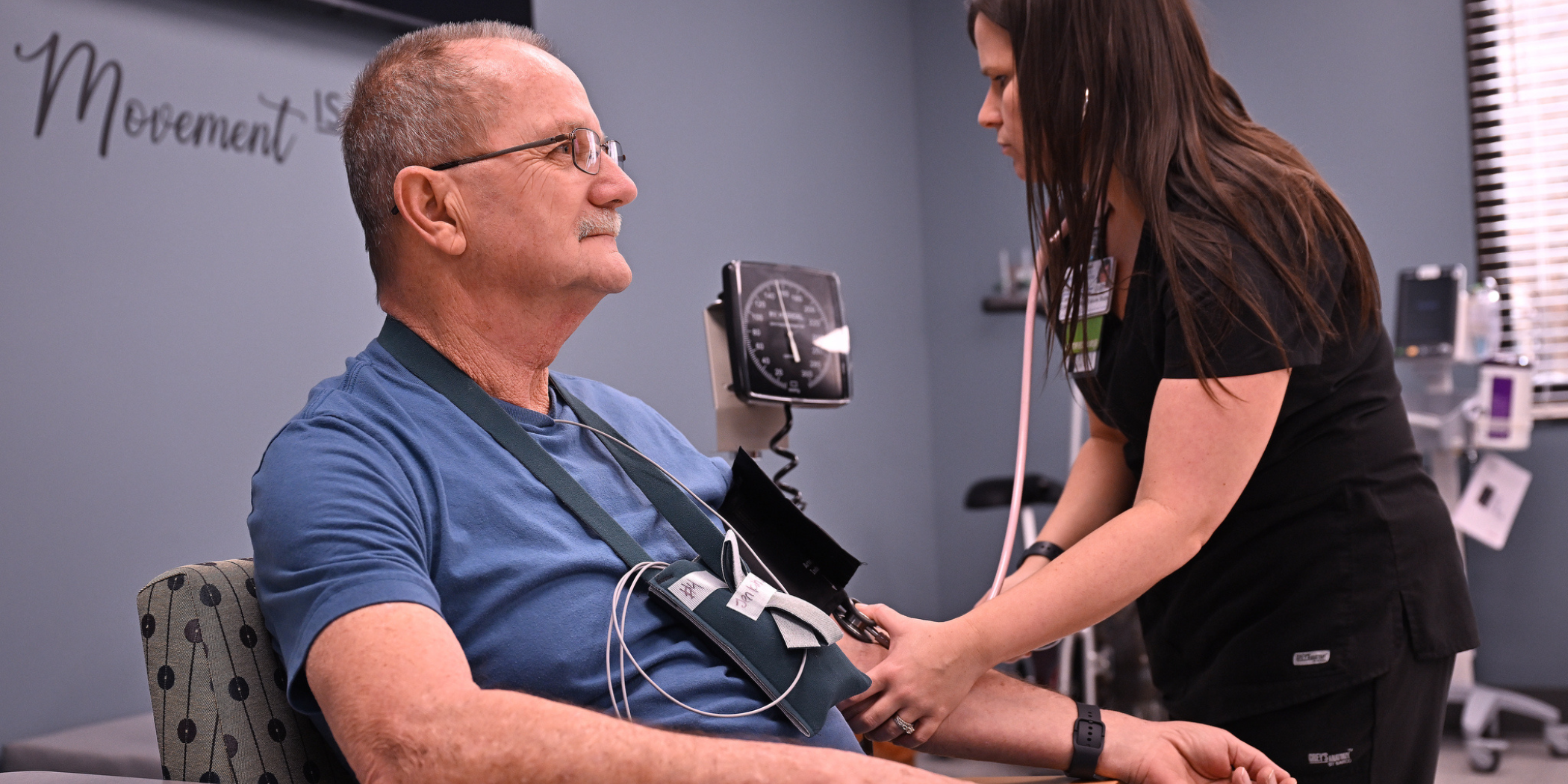
About
A pacemaker is a small, permanent device placed in the heart to start or regulate a slow heart rate (bradycardia) using electrical signals. A leadless pacemaker functions the same way as a traditional pacemaker, but with several key differences:
- It is inserted through a less invasive, catheter-based procedure instead of a large chest incision.
- It doesn’t require wires, a generator or a surgical pocket on the chest wall, which reduces the risk of complications and doesn’t result in a visible lump under the skin.
- It is much smaller than a traditional pacemaker, about the size of a large pill capsule.
- It allows you to resume normal upper body activity after it is placed.
Not everyone is a candidate for a leadless pacemaker. Currently, it is only recommended for people who only need single chamber pacing, meaning you only need help pacing one ventricle in the heart, not both. Your cardiologist can determine if you are a candidate for a leadless pacemaker.
How the Leadless Pacemaker Procedure Works
Your interventional cardiologist will place the leadless pacemaker using a catheter (thin tube) inserted in your groin area. Once the device is placed, your physician will test it to ensure it is programmed properly. Most procedures take about 30 minutes.
You can expect to remain in the hospital for 1-2 days after a leadless pacemaker procedure and to be fully recovered after about a week.













